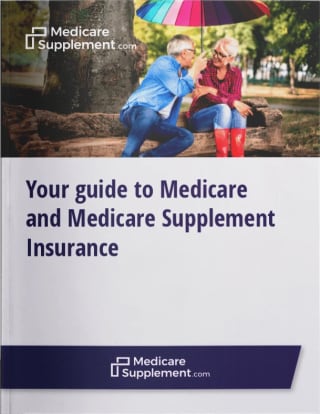Create a Budget Planning Spreadsheet
Now, make a spreadsheet with all 12 months organized horizontally in a row and your essential expenses stretching vertically in a column. For each space, write in the approximate amount of the expense. For example, if your rent is $800 per month, fill in $800 for each month in the row representing your rent. For expenses that are paid annually or semi-annually (such as car insurance), average them out monthly and fill in accordingly.
Next, you’ll want to determine how much spendable money you have available each month. The first step in calculating this number is to add up all of your savings, 401(k), IRA, pension or other money that has been stashed away for retirement.
If you spend four percent of your savings every year, it will be enough to last you 25 years. While that percentage may differ based on each person’s own circumstances, four percent is regarded as a good industry standard.
Divide that four percent total by 12 to determine how much can be allocated for spending each month. In other words, you’ll allocate 0.33 percent of your total retirement savings to spend each month.
Next, tally up all of your monthly income from Social Security, part-time work or any other income you may have. Add this to the amount of your allotted retirement savings to reach the number that is available for you to spend each month.
Your budget worksheet should now look something like this:


 Organize Your Monthly and Annual Expenses
Organize Your Monthly and Annual Expenses
